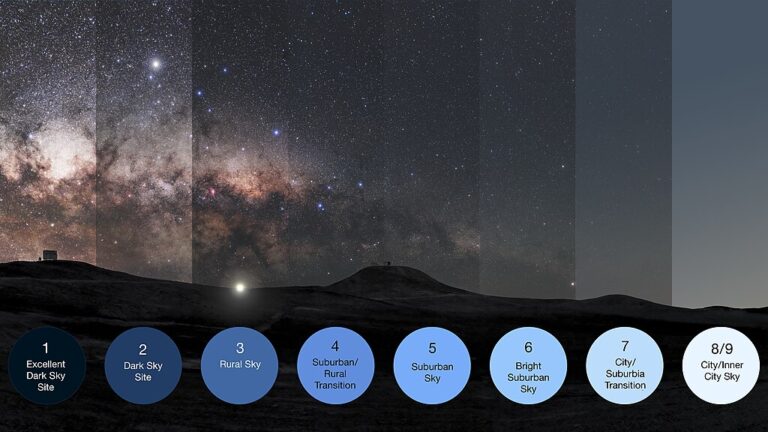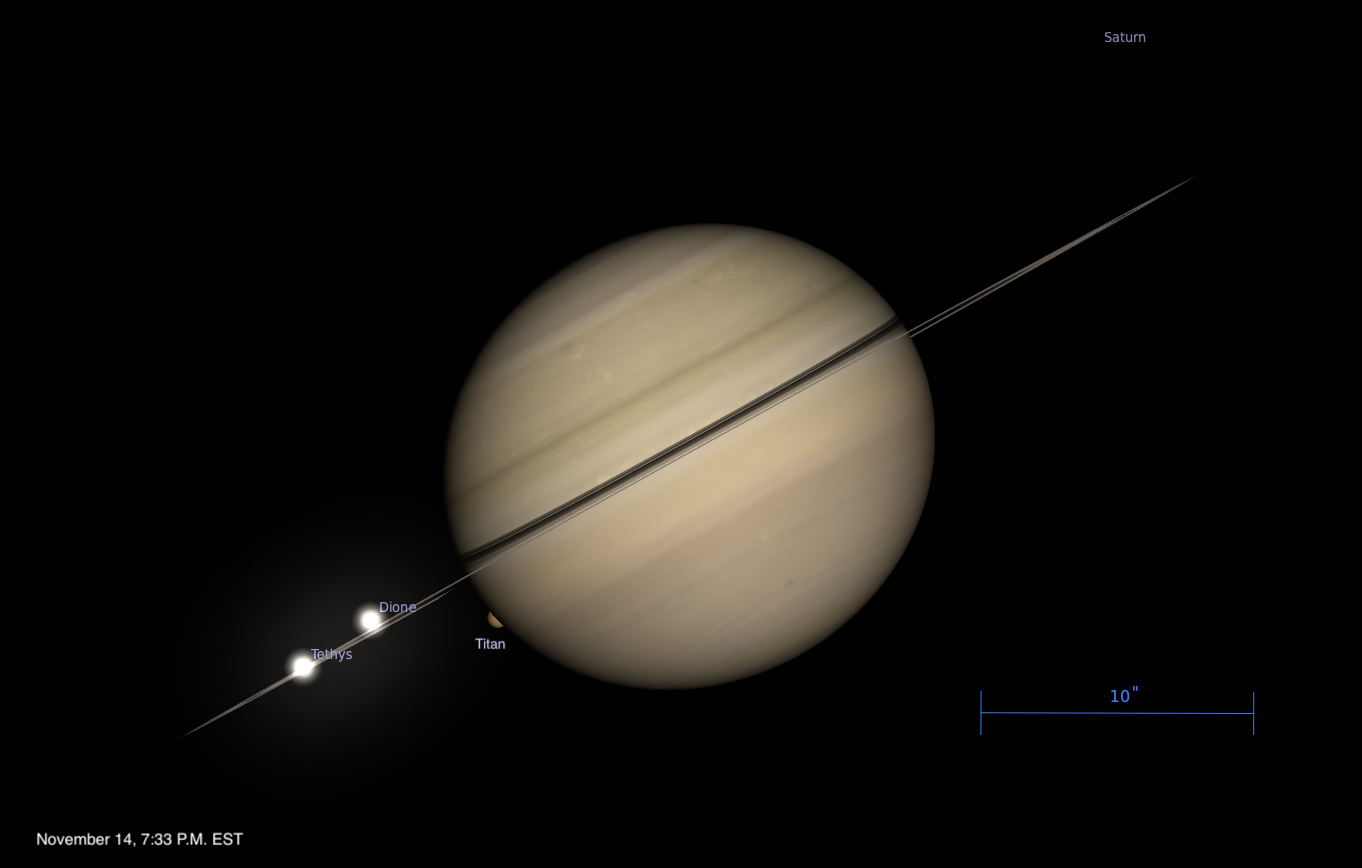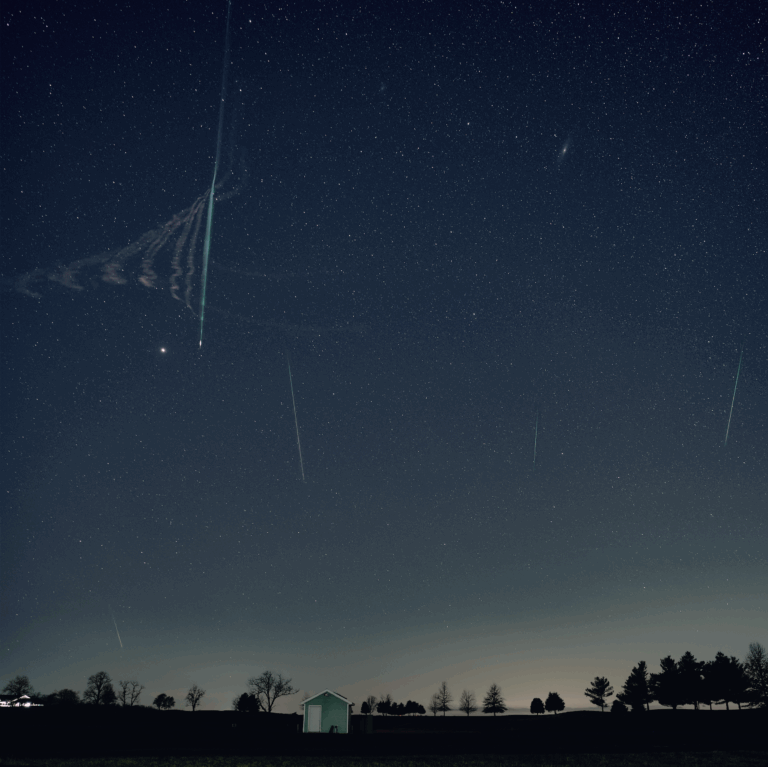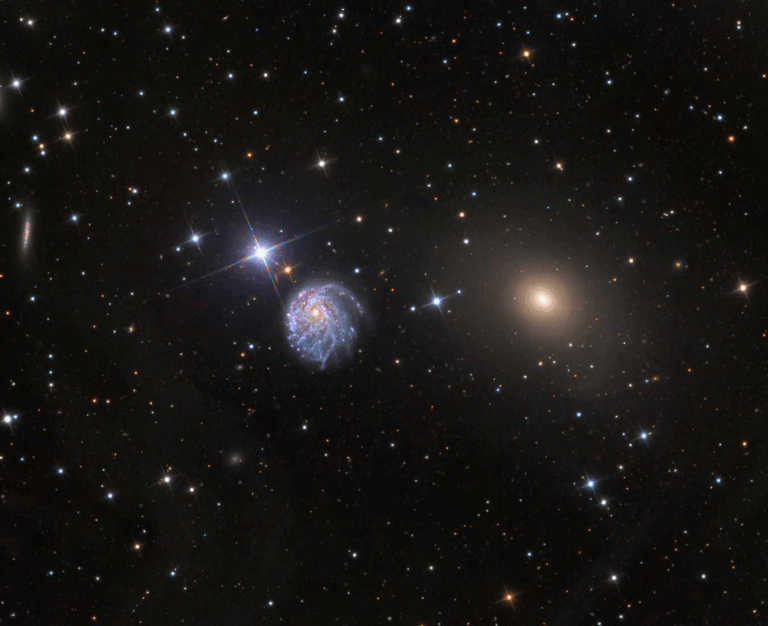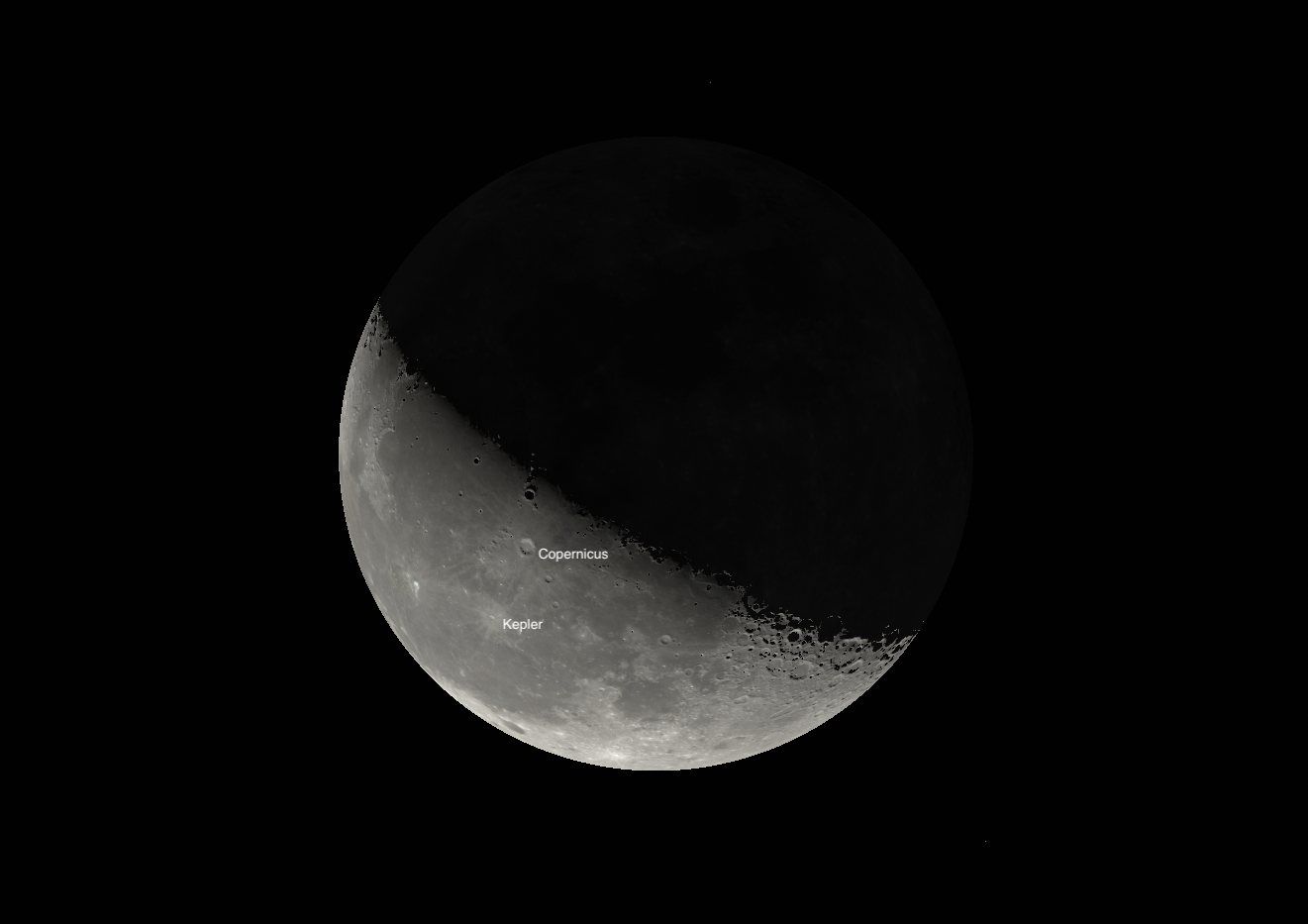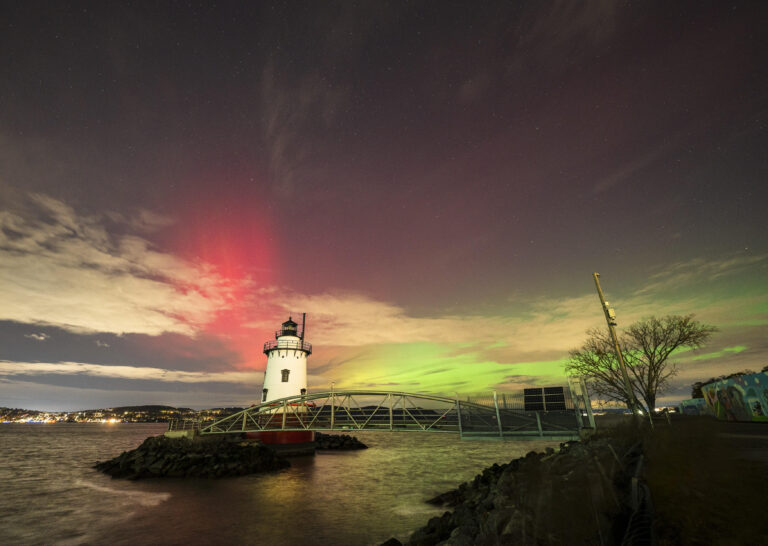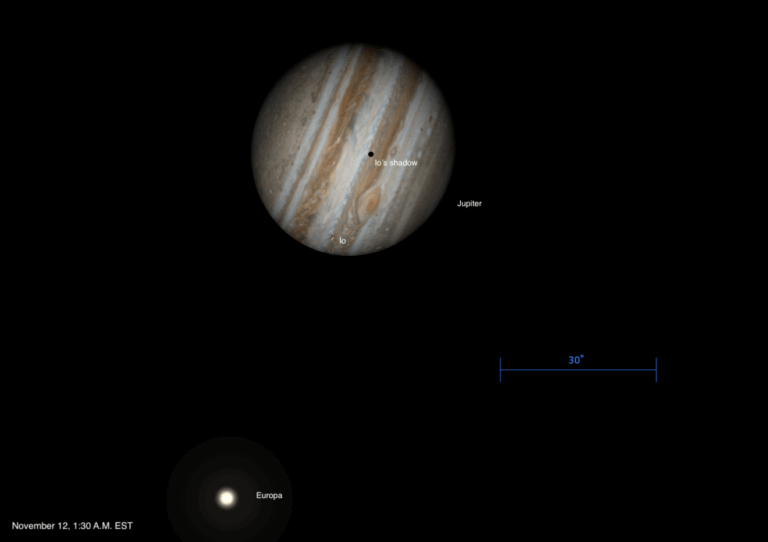
Credit: Astronomy/Roen Kelly
Key Takeaways:
- The Leonid meteor shower is anticipated to peak during the late hours of November 16th into the early morning of November 17th, with favorable viewing conditions afforded by a less than 10% illuminated waning crescent Moon rising after 4:30 a.m. local time.
- Optimal observation involves ensuring personal comfort and warmth, and directing one's gaze overhead to maximize the visible sky area and observe longer meteor trails, rather than focusing directly on the radiant point in the constellation Leo.
- The meteors comprising the Leonids originate from particles shed by Comet 55P/Temple-Tuttle, with an average observed rate of 10 to 15 meteors per hour from dark locations, which may increase toward dawn.
- Although meteor showers are named for the constellations from which they appear to emanate, the contributing particles are too small to survive atmospheric entry and thus do not produce meteorites, with the scientifically predicted moment of Earth's passage through the densest part of the stream occurring around 1 p.m. EST.
If your sky is clear during the late hours of Sunday night, November 16 and the early morning hours of Monday the 17th, you might want to head outside for a while to see some shooting stars. The Leonid meteor shower, November’s premier such event, will be at its peak then.
Conditions will be good this year because the Moon will be a waning crescent. So, during the shower’s peak the illuminated part of its face will be less than 10 percent of the whole circle. Our lone natural satellite also won’t rise until around 4:30 a.m. local time, another plus.
How to observe it
The number one consideration for observing a meteor shower is comfort. I like to set up a reclining outdoor chair. I place a table nearby with several items on it: a flashlight (just in case); a non-alcoholic drink; and binoculars. You don’t use the binoculars to observe the shower, but if a bright meteor leaves a persistent smoke trail, I like to view how upper-level winds change it over time.
Comfort also involves staying warm. It is November after all, and even in Tucson, where I live, pre-dawn temperatures can dip into the 40s — way too cool to be out in just a T-shirt. Plus, you’re not moving around and generating any kind of warmth. So, dress appropriately and maybe bring a blanket or two.
The next most important thing is where to look. Don’t look directly at the shower’s radiant. That’s where the meteor trails will be the shortest and, quite frankly, least impressive. Instead fix your gaze overhead. That will give you the greatest sky area and longer trails.
More
The particles that comprise the Leonids originated with Comet 55P/Temple-Tuttle. German astronomer William Temple discovered it in December 1865. Seventeen days later, American astronomer Horace Tuttle made an independent discovery of it.
From a reasonably dark observing site, you can expect to see between 10 and 15 Leonids per hour. That number may start at the low end and increase toward dawn. That’s because after midnight, the leading edge of our planet turns into the direction of the meteor stream. NOTE: These numbers are just the average of many years. Individual showers may display fewer or (we hope) more meteors than the average.
Astronomers name meteor showers for the constellations from which the streaks seem to originate. Trace all the meteor trails of this shower backward, and you’ll end up in Leo the Lion. Of course, the constellations themselves have nothing to do with the showers. They’re just the backdrop for these events.
As far as terminology, a meteoroid is a small particle in space; a meteor is the visible streak we see; and a meteorite is a piece of rock or metal that has survived its fiery fall through Earth’s atmosphere and landed on the surface. NOTE: No meteorite has ever come from a meteor shower. The particles are just too small.
Scientists who study meteor showers are predicting that the peak — when Earth will pass through the densest part of the meteor stream — will occur around 1 p.m. EST. That’s good if you live in Europe or Asia, but not as good for those of us in North America.
But whether you go out for the entire night or just a few minutes, good luck!

